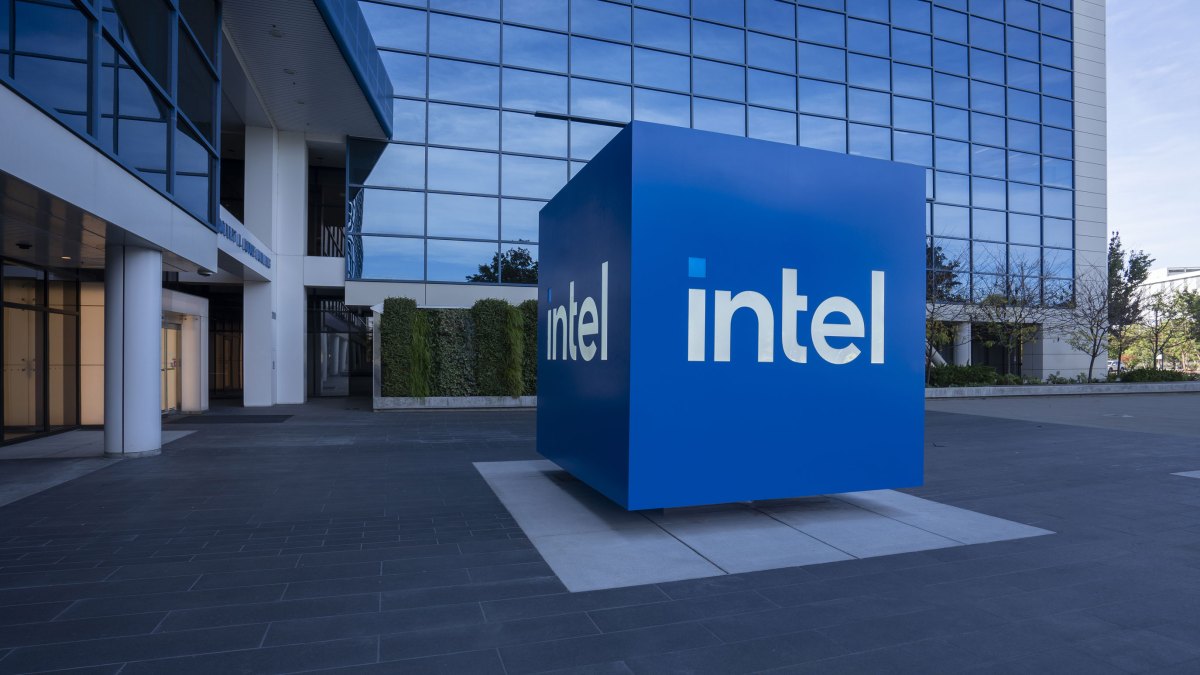Why is Sony Group’s stock price so ‘low’ today? Don’t panic, SONY just split. Here’s what that means
The stock market may be hovering around all-time highs, but some companies are finding ways to lower their share prices to make them more accessible to a bigger pool of investors. That includes electronics giant Sony Group. In May of this year, Sony announced it would be undergoing a 5-for-1 stock split, meaning that every common share of Sony Group Corporation’s stock would be split into five shares. The effective date for the split was October 1 for the Tokyo-listed company. For shares listed in the United States on the New York Stock Exchange (NYSE), the split took effect today (Wednesday, October 9). Sony’s U.S.-listed shares are now trading at their split-adjusted prices. As of midday Wednesday, they were trading at just over $19 a share. What does a stock split mean for investors? For shareholders, in effect, you will see your share count grow by fivefold. If you owned 10 shares, for instance, you would own 50 shares after the stock split. However, the price of each share will become one-fifth of its previous value. The important thing to keep in mind is that you, as a shareholder, may own more individual shares of a company following a stock split, but the amount of equity that you own, proportionately, does not change. Again, the primary motivator for many companies that split their stock is to manage share prices and potentially make their shares more accessible to investors. That doesn’t mean that investors will necessarily want to run out and scoop up Sony shares, but it simply broadens the pool. Sony’s stock split is the latest in a series of stock splits done by large companies this year. Walmart announced a stock split in January, and Nvidia split its stock in June, as did Chipotle. Stock splits can also result in market movements, which may inspire some investors to buy or sell their holdings in anticipation of a split. Of course, it’s difficult to determine which way share prices may move as a result of a stock split, but it can create some volatility that traders can take advantage of.

The stock market may be hovering around all-time highs, but some companies are finding ways to lower their share prices to make them more accessible to a bigger pool of investors. That includes electronics giant Sony Group.
In May of this year, Sony announced it would be undergoing a 5-for-1 stock split, meaning that every common share of Sony Group Corporation’s stock would be split into five shares. The effective date for the split was October 1 for the Tokyo-listed company. For shares listed in the United States on the New York Stock Exchange (NYSE), the split took effect today (Wednesday, October 9).
Sony’s U.S.-listed shares are now trading at their split-adjusted prices. As of midday Wednesday, they were trading at just over $19 a share.
What does a stock split mean for investors?
For shareholders, in effect, you will see your share count grow by fivefold. If you owned 10 shares, for instance, you would own 50 shares after the stock split. However, the price of each share will become one-fifth of its previous value.
The important thing to keep in mind is that you, as a shareholder, may own more individual shares of a company following a stock split, but the amount of equity that you own, proportionately, does not change.
Again, the primary motivator for many companies that split their stock is to manage share prices and potentially make their shares more accessible to investors. That doesn’t mean that investors will necessarily want to run out and scoop up Sony shares, but it simply broadens the pool.
Sony’s stock split is the latest in a series of stock splits done by large companies this year. Walmart announced a stock split in January, and Nvidia split its stock in June, as did Chipotle.
Stock splits can also result in market movements, which may inspire some investors to buy or sell their holdings in anticipation of a split. Of course, it’s difficult to determine which way share prices may move as a result of a stock split, but it can create some volatility that traders can take advantage of.






















